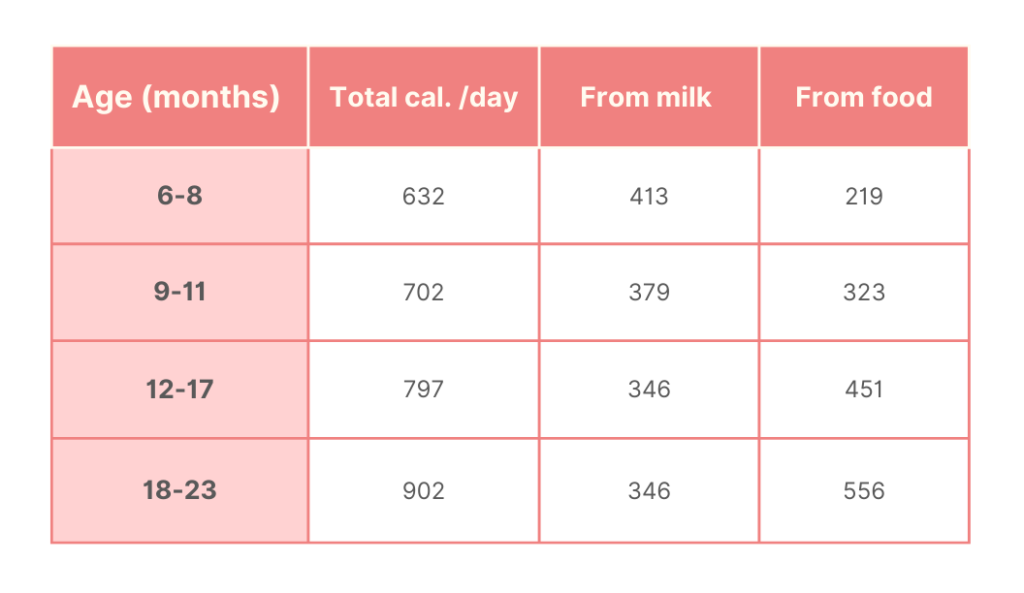Baby recipes: carrots and peas

Carrots and green peas are both good sources of vitamins, minerals, and fiber. These nutrients are important for a Your Child’s growth, immune system, healthy skin, eyes, and overall development.
Recommended recipe: Pasta with carrots and peas sauce
This is a simple vegetable-based baby pasta recipe that you can make to introduce pasta to Your Child once the little one is familiar with both carrots and peas.
Ingredients
- 2 large carrots
- 1 cup frozen peas
- 1 cup pasta of choice. A spiral or penne is recommended as they are easy for babies to eat.
Recipe
- Wash, peel, and roughly chop the carrots. Steam carrots and peas for 10-15 minutes until they are cooked through and soft
- Mash the ingredients to the desired consistency. Add a little water if required
- Bring water to a boil. Cook the pasta 2-3 minutes longer than the package instructions
- Toss the cooked pasta in the carrot and peas sauce
This pasta can be served warm or cold. You can freeze this recipe for up to 1 month.
Why are they good for Your Child?
Green peas are high in vitamins A and C, which are important for a Your Child’s immune system. They are also a good source of iron, which is necessary for the production of red blood cells and for carrying oxygen throughout the body. Carrots are a rich source of vitamins and minerals, including vitamin A, vitamin C, potassium, and fiber, which support Your Child’s growth and development.
Additionally, both vegetables are good sources of fiber, which can help with digestion and prevent constipation.
What to consider
Consuming a large number of green peas has been reported to cause bloating, an uncomfortable swelling of the stomach often accompanied by gas and flatulence. Raw vegetables can be difficult for babies to digest, and may not provide the same nutritional benefits as cooked. They can harbor harmful bacteria, which can make your baby sick if they eat them. So make sure you cook them well.
When can Your Child start eating carrots and peas?
You can serve Your Child both vegetables as early as the age of six months. They have a sweet, mild flavor that most babies enjoy, which can make them a more appealing food for picky eaters.
Carrots and peas recipes
- Puree carrots and peas: prepare ½ cup of peas and ½ cup of carrots and boil them for 8-10 minutes, until they are soft. Then blend the ingredients until smooth. You can add a little milk to reach the desired consistency. The puree can be stored in an airtight container in the refrigerator for up to 3 days or in the freezer for up to 3 months
- Mashed carrots and peas: after cooking your ingredients, mash the vegetables with a fork or potato masher
- BLW: although it is safe to serve carrot slices, green peas are not recommended to be given to babies as a whole or large piece of peas, as these can be a choking hazard
How much should Your Child eat?
WHO recommends that infants start receiving complementary foods at 6 months of age in addition to breast milk or formula. Initially, they should receive complementary foods 2–3 times a day between 6–8 months.
The daily calories distribution between milk and solid food are as follows:

Introducing new food
Try to introduce the food when Your Child is hungry, and try to keep it to one ingredient at a time to spot any allergic reactions. Learn more about introduction to solid food here.
Caution
If you do baby-led-weaning, make sure you know everything about the method, including knowing the difference between gagging and choking, and knowing what to do in case of an emergency.



